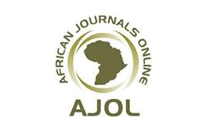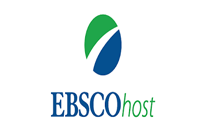Mansoura Veterinary Medical Journal
Chicken infectious anemia virus: A causative agent of immunosuppressive diseases in poultry industry
Document Type
Review Article
Keywords
CAV, Immunosuppressive, Polymerase chain reaction, Gyrovirus, Young chickens, Vaccine
Abstract
Due to the emerging status of chicken infectious anemia in Africa, especially Egypt, and its resemblance to infectious bursal disease, it was needed to look into this disease. This review article's goal is to draw attention to how the chicken anemia virus (CAV) affects the poultry industry and how vaccinations can help keep the disease under control. CAV is an immunosuppressive disease and therefore, causes great economic losses to the poultry industry. It is caused by the chicken infectious anemia virus (CIAV), a member of the genus Gyrovirus family Annelloviridae. Progenitor cells of the erythroid and myeloid series are the main cells affected. This disease causes clinical and subclinical disease in chickens and is transmitted horizontally and vertically. Chickens act as the main natural host. Due to erythroblastoid cell destruction in the bone marrow and the reduction of cortical thymocytes, CAV produces severe anemia in young chickens as well as immunodeficiency. The immunodeficiency is caused by cortical thymocyte depletion, leading to enhanced concurrent infections and vaccination failures. CAV diagnosis depends on clinical signs and gross lesions tentatively, so confirmatory diagnosis can be made by various serological and molecular techniques. The most accurate method for CAV diagnosis is polymerase chain reaction (PCR). The disease does not currently have a specific treatment; however, appropriate disease control and management techniques, a breeder immunization program, and other measures can aid in halting CAV outbreaks. In summary, the economic impact of CAV on poultry birds may be reduced by immunizing breeder hens and improving the DNA and recombinant vaccine strategies.
How to Cite This Article
Aziz, Amal R. Abdel; Elbayoumi, Kh. M.; Awad, Sanaa S. A.; and El-Azm, Abou
(2024)
"Chicken infectious anemia virus: A causative agent of immunosuppressive diseases in poultry industry,"
Mansoura Veterinary Medical Journal: Vol. 26:
Iss.
1, Article 1.
DOI: https://doi.org/10.35943/2682-2512.1250
Receive Date
25 Aug 2024
Accept Date
27 Nov 2024
Publication Date
2024






